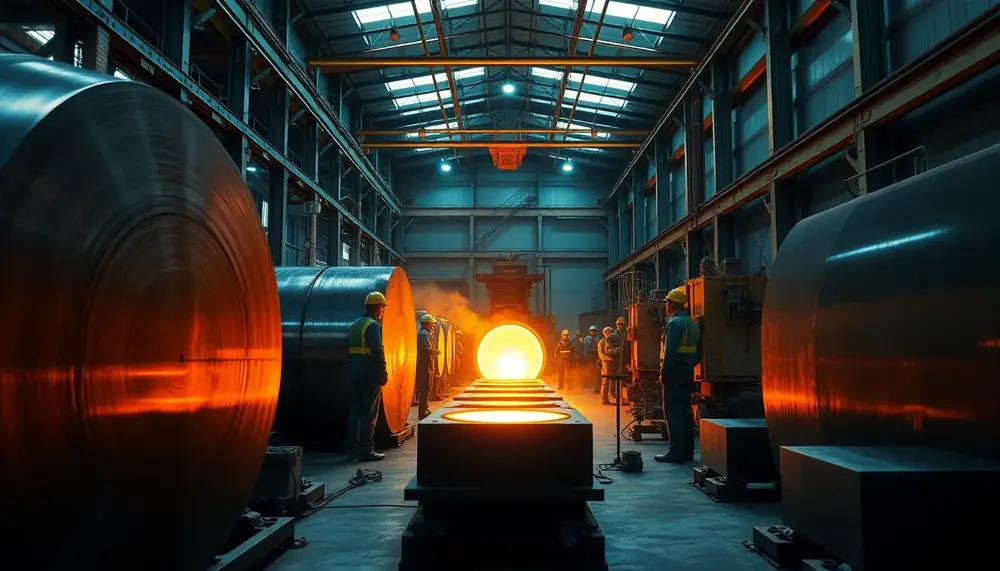Fatigue strength
Fatigue strength
Definition: Fatigue Strength
Fatigue strength has a crucial role in the steel production and steel trade world. But what does this term actually mean? When we talk about fatigue strength, we're referring to the highest stress that a material, such as steel, can withstand for a given number of cycles without breaking.
Understanding Fatigue Strength
Fatigue strength is essential in many industries, but it is vital in steel production. While steel is known for its durability, every material has its limits. The pressure or stress a piece of steel can endure before it starts to crack under repeated loading and unloading, is its fatigue strength. Lower fatigue strength can lead to structural failures, which is why high fatigue strength is sought after in steel trade.
The Importance of Fatigue Strength in Steel Production
Why is fatigue strength so important in steel production and steel trade? It boils down to endurance. Whether used in bridge construction or car making, the steel is subject to repeated loads and unloads over time. Hence, it is critical that the steel used has a high fatigue strength. This ensures the steel can withstand repeated use over a lengthy period without succumbing to cracks or breaks.
Fatigue Strength in Steel Trade
In the steel trade, fatigue strength defines the quality of the steel. Steel with a high fatigue strength is desirable because it promises longevity and reliability. Traders will often highlight the high fatigue strength of their steel products as a selling point. After all, this ensures customers they are buying a durable product that will stand the test of time.
Test for Fatigue Strength
The fatigue strength of steel is determined through standard cyclic loading tests. These tests monitor how the steel handles stress over a set number of cycles. The greater the number of cycles it can withstand before breaking, the higher its fatigue strength.
Blog Posts with the term: Fatigue strength

Vacuum Arc Remelting (VAR) is a secondary steel refining process using vacuum and controlled solidification to produce ultra-clean, homogeneous, high-performance steels....

Steelmaking nouns are essential for clear communication and safety in the steel industry, with evolving terminology requiring an up-to-date glossary. This article explains key terms like alloy, arc furnace, austenite, blast furnace, billet, basic oxygen process, carbon content, converter, casting,...
